Season Review: Bless the Harts Season Two
Another animated series has just been added to the long list of cancelled Fox shows. All that is left to do is analyze what went wrong with Bless the Harts and is there anything worth salvaging.
Truth be told, two tales can be said about this soon to be forgotten sitcom. Adult
On the one hand, this is a story about a show given every chance at success that blew it when it came time to deliver.
On the other hand, this was a series with a doomed to fail premise that somehow managed to make the best of it.
For the purpose of ending this review on a positive note, let’s explore the former first and wrap things up with the latter.
In the last two years, Fox has added four shows to its Animation Domination lineup. Out of all those new sitcoms, only one had the privilege of premiering alongside Fox’s big-hitters. Duncanville and The Great North were both held back for midseason premieres, while Housebroken has only just begun releases in a new Monday timeslot. Bless the Harts was fortunate enough to premiere in September alongside The Simpsons, Bob’s Burgers, and Family Guy, two years in a row.
It could also be argued that out of all the new animated programs Fox has dropped, Bless the Harts boasted the most recognizable cast. A comedic crew of Fortune Feimster, Jillian Bell, Kumail Nanjiani, and Ike Barinholtz were headed by Kristen Wiig. And to take the impressive crew over the top, they also had the Emmy Award-winning voice talent of Maya Rudolph.
On paper, Bless the Harts should be Fox’s next big animation hit. Unfortunately, the series was cursed with predictable one-note characters, predictable plots, and the messiest attempts at redefining itself.
With only a couple of exceptions, the characters of Bless the Harts were but one-trick ponies.
There was the humble hunk with a heart of gold, an angsty teenager obsessed with being an outcast, and a starring character that was no other quirks than being a struggling mother. More often than not, Maya Rudolph’s insane grandmother character, Betty, carried this entire show on her back.
As if to point out the lack of depth, most episodes explore the unadventurous character dynamics.
Half of the season involves episodes around Wayne Edwards struggling with doing the right thing even though he always makes the same choices. The other half involves Jenny Hart trying her best not to screw up her family despite them always being okay. And with all of that relationship drama, almost every episode was a repeat of the same themes.
Honestly, the biggest killer of the series was the unoriginal writing. Aside from being animated, Bless the Harts is not much different from a cliché 90s sitcom. It is as if this show was attempting to teach the same heartfelt morals with the same Christian undertones that we have witnessed on television all of our lives.
All of that aside, what put the show in the grave was its constant attempts to find relevance. Throughout the season, the talking Jesus character – the one thing differentiating this series – slowly disappeared more and more. A well-calculated manoeuvre considering America is in the midst of a falling out with Christianity. But as the series started to cut out its only minority character, it made the most desperate attempt in the final few episodes by shoehorning in Kenan Thompson as Wayne’s new black friend. A move that only put the spotlight on the show’s lack of minority representation.
This may be an excellent time to turn around and have a look at Bless the Harts from the other side of the glass. As a show that was doing its best with what it has.
Bless the Harts was a mistake from the moment of its inception. Style and structure-wise, there has not been a closer clone of The Simpsons since Family Guy was released. And that could almost be overlooked. But putting the family in the south doomed the show to forever be compared to the much more influential series, King of the Hill.
Launching a new series as a less-original mishmash of much more popular shows is a recipe for disaster.
It is hard to see how Fox gave this series a chance beyond the star-studded cast behind it. And it wasn’t just the critics who picked up on the unoriginality from the get-go.
Despite everything against it, Bless the Harts managed to squeeze out a few (just a few) defining episodes that broke it apart from the pack.
Out of the entire 24-episode second season, there are two genuinely memorable editions. “Crappy Death Day” included a psychic curse on the Harts and Wayne facing down a psychoactive invasive fish. The episode did things unlike the rest of the season and gave us an original story with exciting plot points. And in what can only be defined as saving the best for last, the series finale, “Betty’s Birthday,” was a brilliant, subversive take on crime drama.
The inconsistent glimpses of ingenuity are the biggest shame of Bless the Harts. There are elements in plenty of episodes that showcased some originality. Yet more often, what happened is the series became a less-well-thought-out copy of better shows. The episode “Dead Mall” is a perfect example of a Simpsons-themed three-part anthology episode executed with half of the effort. Unable to define itself, viewers were only given a peek at what this show could have been.
Whether it blew its chance or was doomed to fail, Bless the Harts could never find its footing.
In truth, it was probably parts of everything mentioned that put the show in the ground. The few redeeming elements sprinkled throughout the series were never going to be enough to save the show. The lack of relevance and identity proved to be hurdles too significant to climb. Although, we can be grateful that Bless the Harts made its mark with a few original episodes that may deserve a revisit.

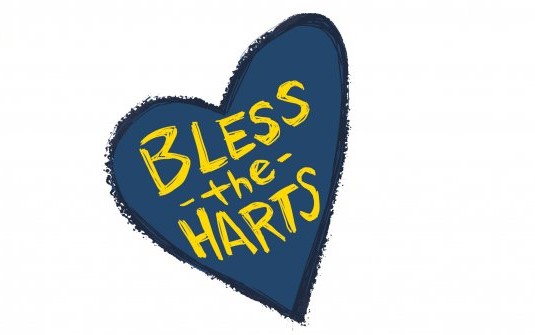


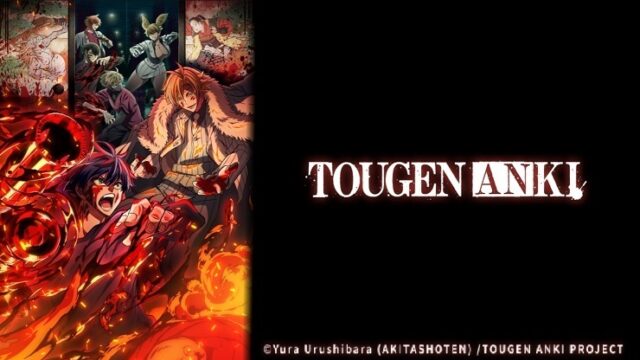
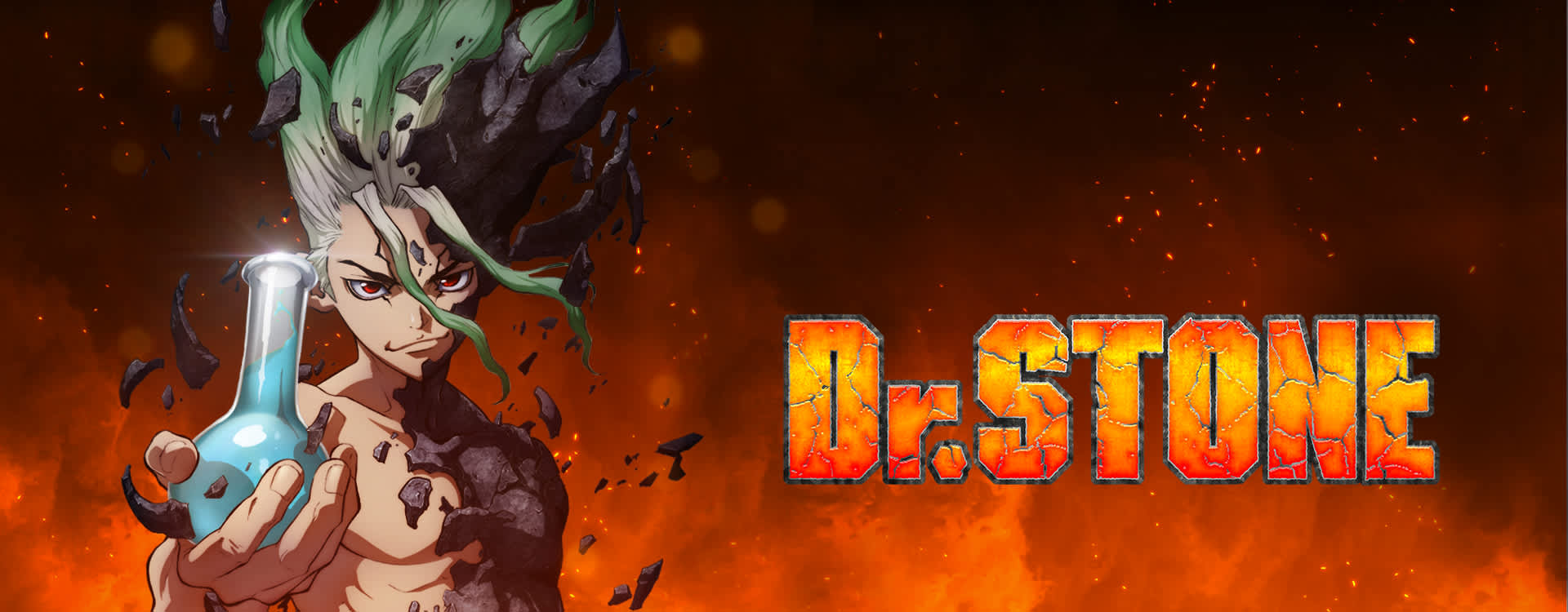








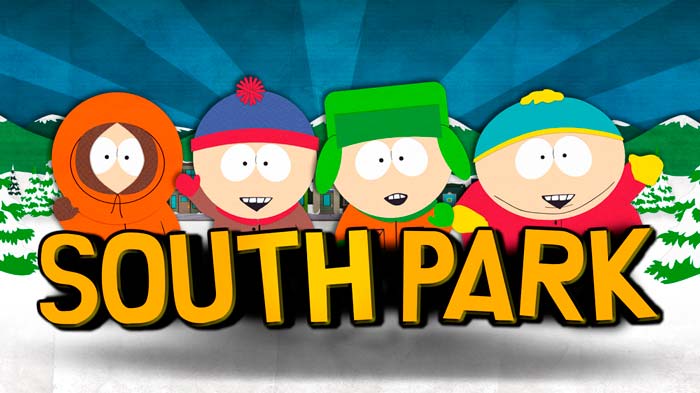


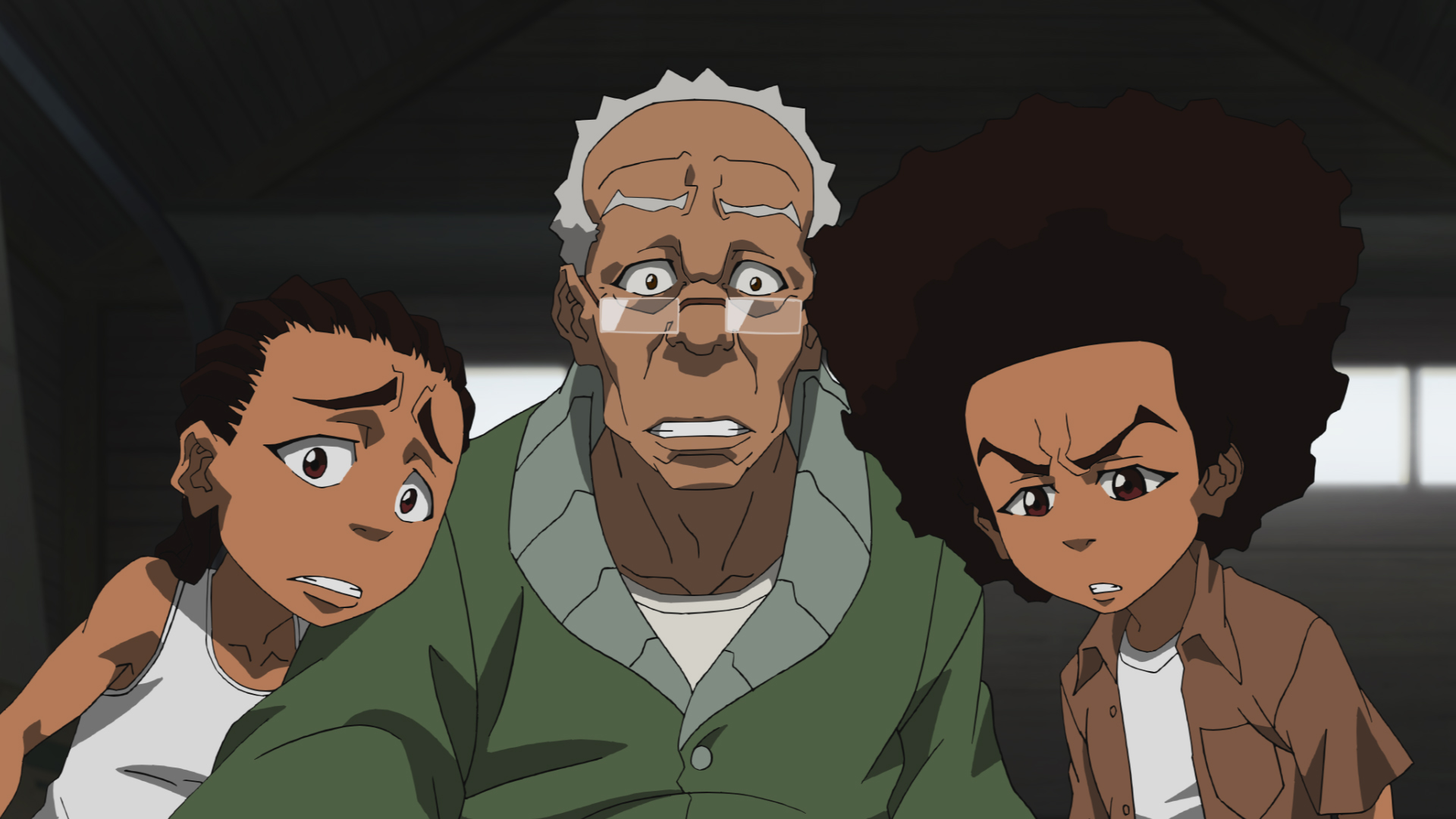




"There are also other characters that come and go (also owned by the Warner Bros. Discovery conglomerate media company)."
Huh. Is that just referring to other characters from the show itself, or is this implying that the new season is going to have cameos from other WBD IPs